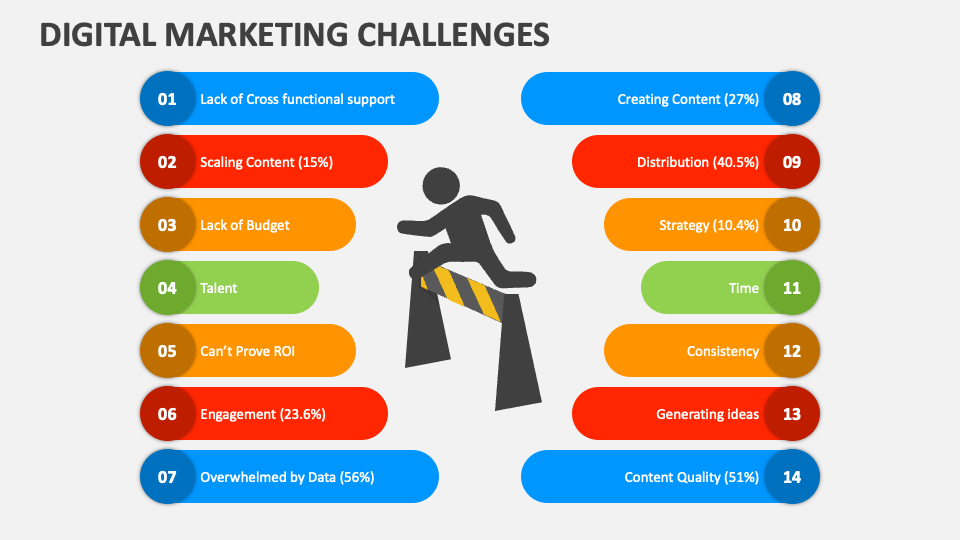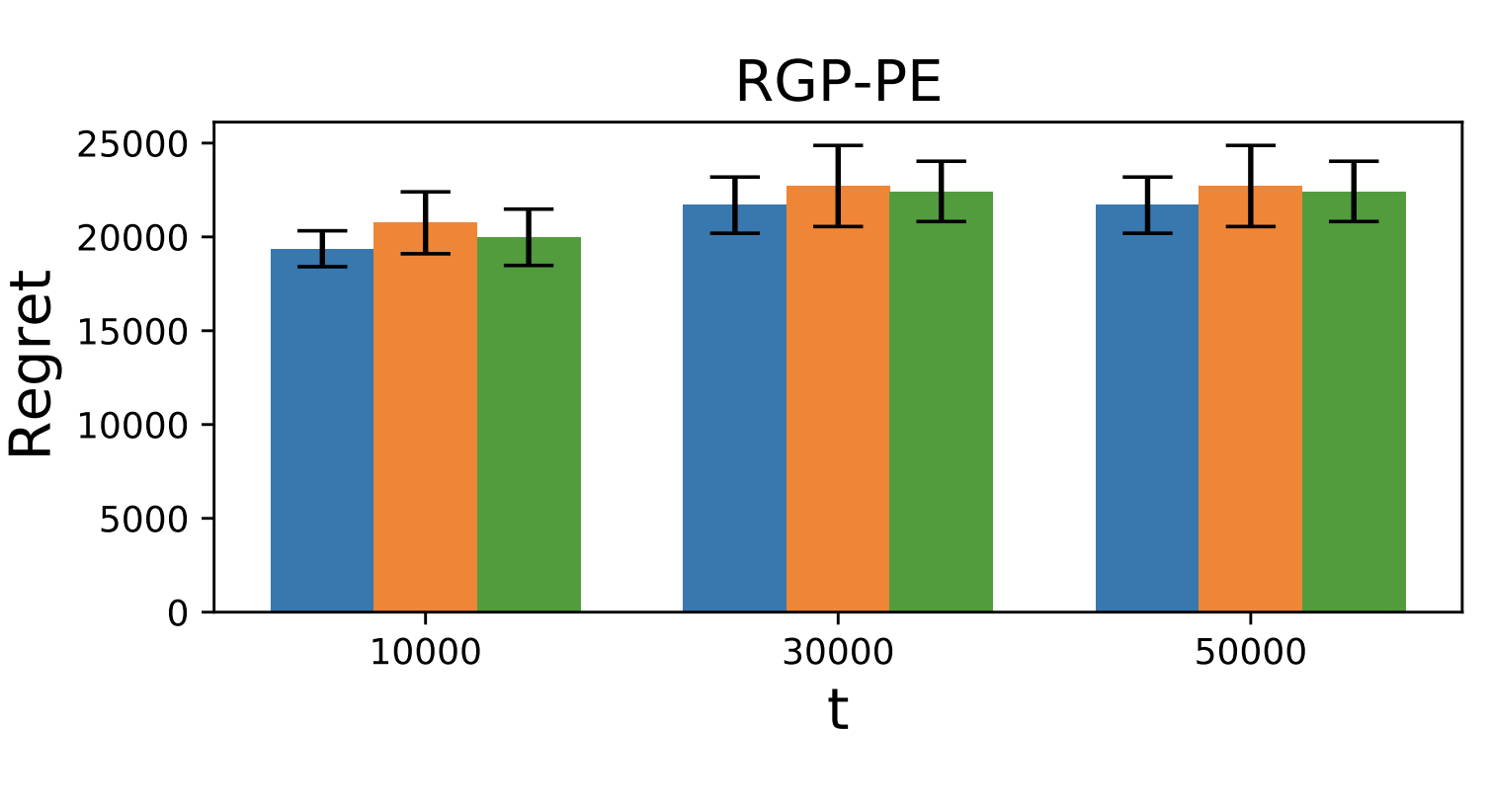China's Auto Market: Challenges And Opportunities For BMW, Porsche, And Beyond

Table of Contents
The Rise of Domestic Automakers
The rapid ascension of Chinese car brands presents a formidable challenge to established international players. Domestic auto competition is fierce, with companies like BYD, Geely, and Great Wall Motors rapidly gaining market share in China. Their success stems from several key factors:
- Aggressive Pricing and Innovation: These domestic brands offer competitive pricing and incorporate innovative features that appeal to Chinese consumers, often exceeding expectations in terms of technology and value for money.
- Deep Market Understanding: Their intimate knowledge of the local market, consumer preferences, and cultural nuances allows them to tailor their offerings with greater precision.
- Focus on Electric and Hybrid Vehicles: Recognizing the government's push towards new energy vehicles (NEVs), domestic automakers have heavily invested in electric and hybrid technologies, capturing a significant portion of the burgeoning EV market in China.
- Government Support: The Chinese government actively supports domestic automakers through subsidies, favorable regulations, and infrastructure development, giving them a significant advantage in the marketplace.
Navigating the EV Revolution in China
The Chinese government's ambitious push towards electric vehicles (EVs) and new energy vehicles (NEVs) is reshaping the entire automotive landscape. This presents both immense opportunities and substantial challenges for foreign automakers:
- Stringent Emission Regulations: Meeting increasingly stringent emission standards and targets is crucial for survival in the Chinese market. Failure to comply results in penalties and limited market access.
- Booming EV Demand: Chinese consumers are rapidly adopting EVs, driven by government incentives, environmental concerns, and the availability of increasingly sophisticated electric car models.
- Charging Infrastructure Investment: The widespread adoption of EVs necessitates significant investment in charging infrastructure. Foreign automakers must contribute to this development or risk hindering their market penetration.
- Battery Technology Advancements: Continuous innovation in battery technology is paramount. Longer ranges, faster charging times, and improved battery life are key to attracting and retaining customers in the competitive EV market. Government incentives for EV adoption further fuel this rapid technological advancement.
Understanding Chinese Consumer Preferences
Understanding the subtleties of Chinese consumer preferences is paramount for success. Luxury car buyers in China, for example, have unique expectations that require a carefully calibrated approach:
- Technologically Advanced Features: Chinese consumers highly value technologically advanced features, from sophisticated infotainment systems to advanced driver-assistance systems (ADAS).
- Brand Image and Social Status: Luxury car brands play a significant role in projecting social status and success in Chinese society. Maintaining a strong brand image is crucial for attracting these discerning customers.
- Growing Environmental Awareness: Environmental consciousness is increasingly influencing purchase decisions, making environmentally friendly vehicles, like EVs, increasingly attractive.
- Localized Marketing Campaigns: Effective marketing requires a deep understanding of Chinese culture and consumer behavior. Generic marketing campaigns are unlikely to resonate effectively.
Overcoming Regulatory Hurdles and Supply Chain Challenges
Foreign automakers face significant hurdles in navigating the complexities of the Chinese regulatory environment and potential supply chain disruptions:
- Import Tariffs and Regulations: Understanding and complying with import tariffs and regulations is essential for minimizing costs and ensuring smooth market entry.
- Supply Chain Disruptions: Building resilience against potential supply chain disruptions is vital, requiring diversification of suppliers and robust risk management strategies.
- Localized Manufacturing: Establishing local manufacturing capabilities reduces reliance on imports, mitigates risks associated with tariffs and transportation, and allows for greater responsiveness to local market demands.
- Building Strong Supplier Relationships: Cultivating strong relationships with local suppliers is essential for securing reliable sourcing, efficient logistics, and a deep understanding of the local supply chain dynamics.
Conclusion:
China's auto market presents a complex but potentially incredibly rewarding landscape for international brands like BMW and Porsche. Successfully navigating the challenges – intense competition from domestic automakers, the rapid electrification of the market, and the complexities of the regulatory environment – requires a profound understanding of the local market and a proactive approach to adaptation. By prioritizing technological innovation, tailoring offerings to evolving consumer preferences, and cultivating strong local partnerships, these brands can capitalize on the immense growth opportunities that the China auto market offers. To thrive in this dynamic environment requires a robust strategy that directly addresses the unique challenges and fully leverages the opportunities within the China auto market.

Featured Posts
-
 Canada Posts Financial Troubles Report Calls For Phased Elimination Of Door To Door Mail Delivery
May 18, 2025
Canada Posts Financial Troubles Report Calls For Phased Elimination Of Door To Door Mail Delivery
May 18, 2025 -
 Analyzing The Canadian Tire Hudsons Bay Merger Opportunities And Challenges
May 18, 2025
Analyzing The Canadian Tire Hudsons Bay Merger Opportunities And Challenges
May 18, 2025 -
 The Gops Medicaid Battle Divisions And Consequences
May 18, 2025
The Gops Medicaid Battle Divisions And Consequences
May 18, 2025 -
 Alka Yagnk Asamh Bn Ladn Awr An Ke Mdahyn Ky Fhrst Ka Jayzh
May 18, 2025
Alka Yagnk Asamh Bn Ladn Awr An Ke Mdahyn Ky Fhrst Ka Jayzh
May 18, 2025 -
 Amsterdam Hotel Attack Police Investigation Following Knife Incident
May 18, 2025
Amsterdam Hotel Attack Police Investigation Following Knife Incident
May 18, 2025
Latest Posts
-
 Kanye West Bianca Censori A Spanish Reunion
May 18, 2025
Kanye West Bianca Censori A Spanish Reunion
May 18, 2025 -
 Instruktsiya K Pokhoronam Po Versii Kane Uesta Istoriya Vdokhnoveniya
May 18, 2025
Instruktsiya K Pokhoronam Po Versii Kane Uesta Istoriya Vdokhnoveniya
May 18, 2025 -
 Kanye West And Bianca Censori Spotted Together In Spain
May 18, 2025
Kanye West And Bianca Censori Spotted Together In Spain
May 18, 2025 -
 Did Kanye West And Bianca Censori Reconcile Spain Dinner Date Sparks Speculation
May 18, 2025
Did Kanye West And Bianca Censori Reconcile Spain Dinner Date Sparks Speculation
May 18, 2025 -
 Kane Uest I Pasha Tekhnik Neobychnaya Instruktsiya K Pokhoronam
May 18, 2025
Kane Uest I Pasha Tekhnik Neobychnaya Instruktsiya K Pokhoronam
May 18, 2025
